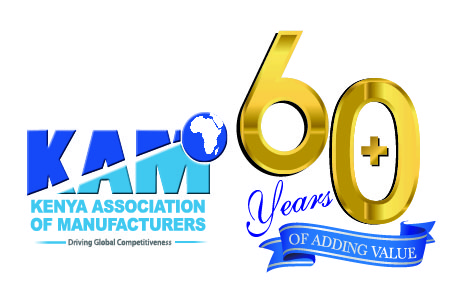The Big Four Agenda – One Year On
By Sachen Gudka
By deliberately centering Manufacturing in the Big 4 Agenda, Kenya made an expedient decision to steer itself back on the fast track towards realizing Vision 2030. Any nation that does not produce is unable to provide gainful employment for its citizenry. As a result, inequality increases and the socio-economic status of its population deteriorates.
Therefore, the appreciation of industry’s role in providing economic stability and a high quality of life to all citizens’ in the Agenda, gave new life to investors, both local and regional, and signaled that Kenya was indeed intent on remaining the best investment destination in East Africa. More importantly, it signaled to the wider population, the accelerated drive to follow through on the vision to reduce poverty by making the country self-sustaining.
Flashing back to one year ago when the Agenda was announced prioritizing the sector, the prospects for industry had been waning. The sector’s growth had taken consecutive blows from a number of factors both economic and political, causing it to decline and lowering investor confidence. Nonetheless, though we may not be out of the woods yet, we have witnessed over the past year, solid measures instated towards bolstering capacity for local industry to thrive.
A few outstanding examples are, for starters, the fight against illicit trade. These efforts have yielded tremendous changes that have reverberated throughout the entire industry. Critical sectors such as food, beverage and energy were registering losses and an increasingly reduced market share in previous years. Since the formation of the Multi-Agency Taskforce and the zeal with which it has carried out investigations, raids and arrests, these sectors (and more) are now experiencing an increased market share and an overall boost to their businesses. The establishment of an anti-counterfeits focal point within the Office of the President is an indication that severity of the impact of this vice to the citizens of this country and cost to our economy, is well understood by the Country’s leadership.
Additionally, the support for local content development has been quite discernible. Case in point is the stimulus that has been given to both Leather and Textile sectors to produce quantity for purchase by Government agencies. This year, the sectors have seen an increased demand by these agencies to visit local factories and test their capacity to produce quality leather and textile products for the country. This sends a strong message of confidence to local investors and incentivizes them to make expansion plans for the future.
The regional market for local products has also expanded within this period, thanks to the ratification of the African Continental Free Trade Area (AfCTA). Linkages between African countries have been too few and too frail to yield any shared and sustained economic benefits. By being one of the first countries to ratify the AfCTA, Kenya has shown leadership and a visionary approach in the pursuit for our continent’s economic prosperity. The AfCTA signing also increases the opportunities for local industries to be integrated into Global Value Chains, reaching a wider market and attracting Foreign Direct Investments.
With this in mind, a lot of effort has also gone into increasing trade between East African Partner States. There have been long-standing Non-Tariff Barriers historically, but this year has seen significant traction in the reduction of some of these barriers for example, in Automotive and lubricants, that have made it easier to trade with our neighbours.
Notably, the recent commitment by Government to accord more support to SMEs to increase their productivity and profitability also tops the list of the gains under the Agenda. Many Small and Medium Enterprises have been averse to formalizing their businesses owing to current procedures and processes that disadvantage their businesses in terms of costs and regulations. Yet, it is these businesses that offer employment to our burgeoning youth population and provides more adaptable spaces for innovation. It is on this note that Kenya Association of Manufacturers embarked on a plan in September 2018, to increase its current SME interventions to institute a fully-fledged SME Hub that will complement the Government’s efforts in this regard.
These examples are indicative that, should this collaboration between industry and Government in formulating policies and taxation that nurtures productivity continue, we are bound to see tangible outcomes from the Manufacturing Pillar at the end of five years. Similarly, these outcomes will lay a strong foundation for more progressive policies for industrial growth towards our larger economic goal as a nation.
We are on a long, sometimes tedious, but very consequential journey. We may not be where we want to be, but we have started it on an agile sprint that will get us there if we stay on course.
The writer is the Chairman of Kenya Association of Manufacturers and Vice Chair of the COMESA Business Council and can be reached on info@kam.co.ke.
Looking for elevation? KAM lifts you up.
- Direct technical assistance
- Capacity building programmes
- Networking and mentorship
- Industry insights & analysis
- Trade & export development services
